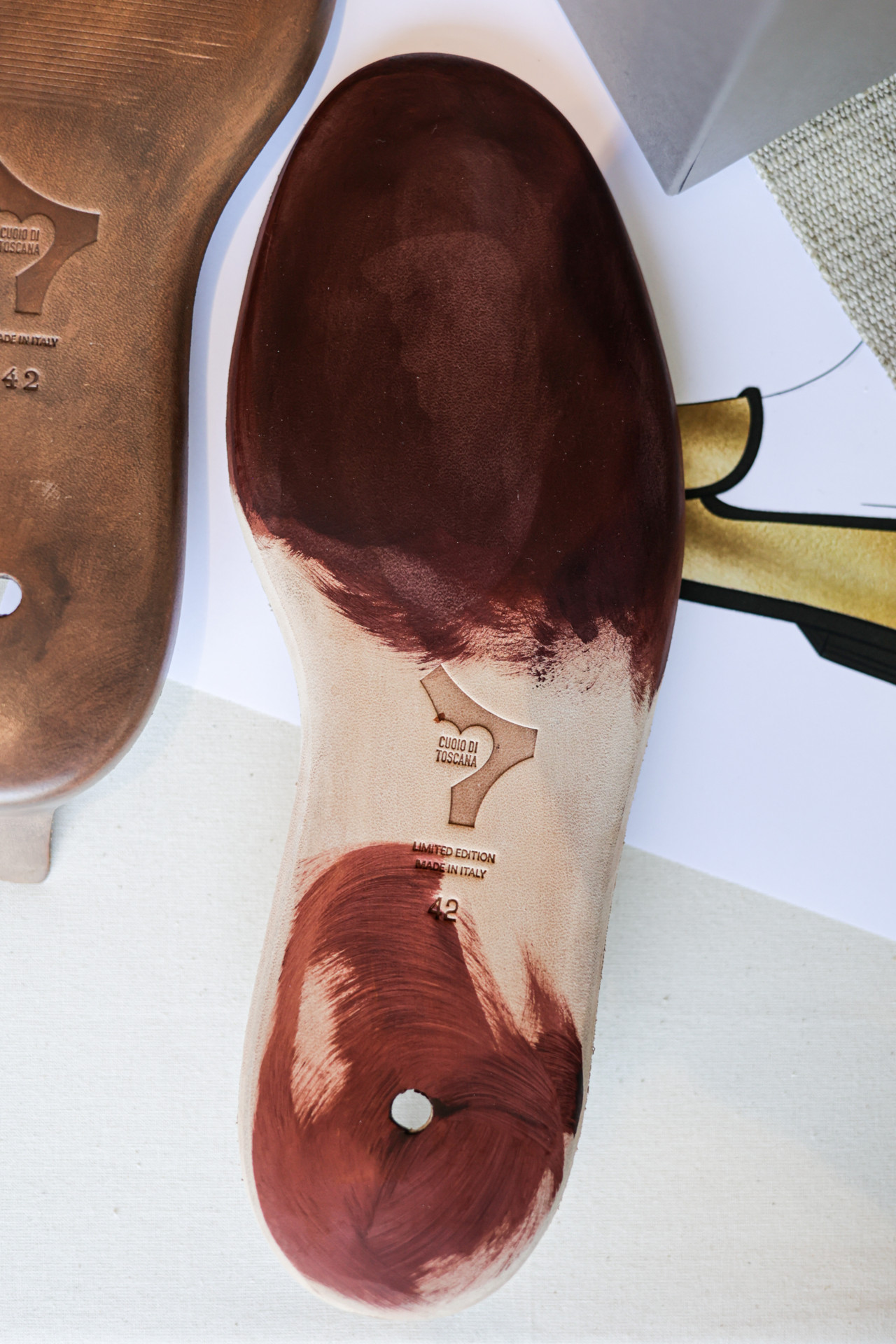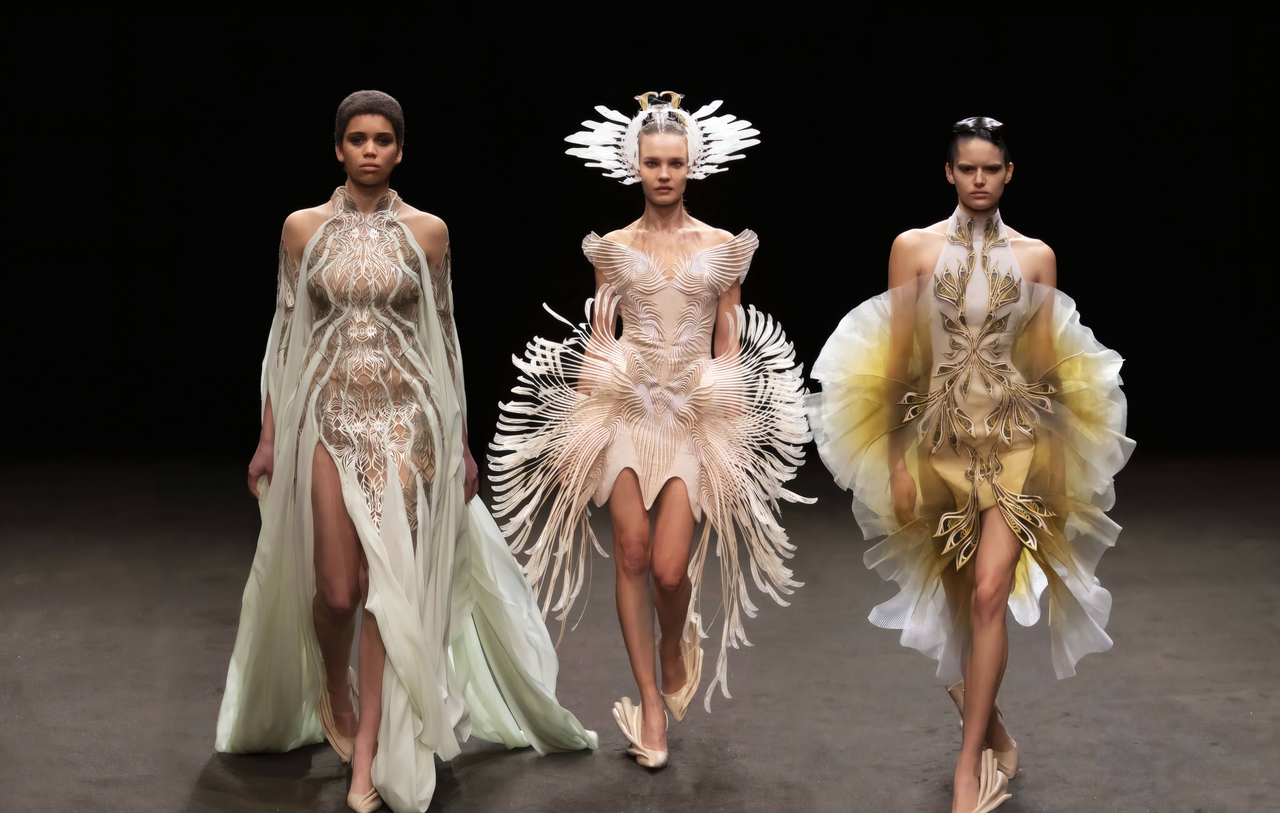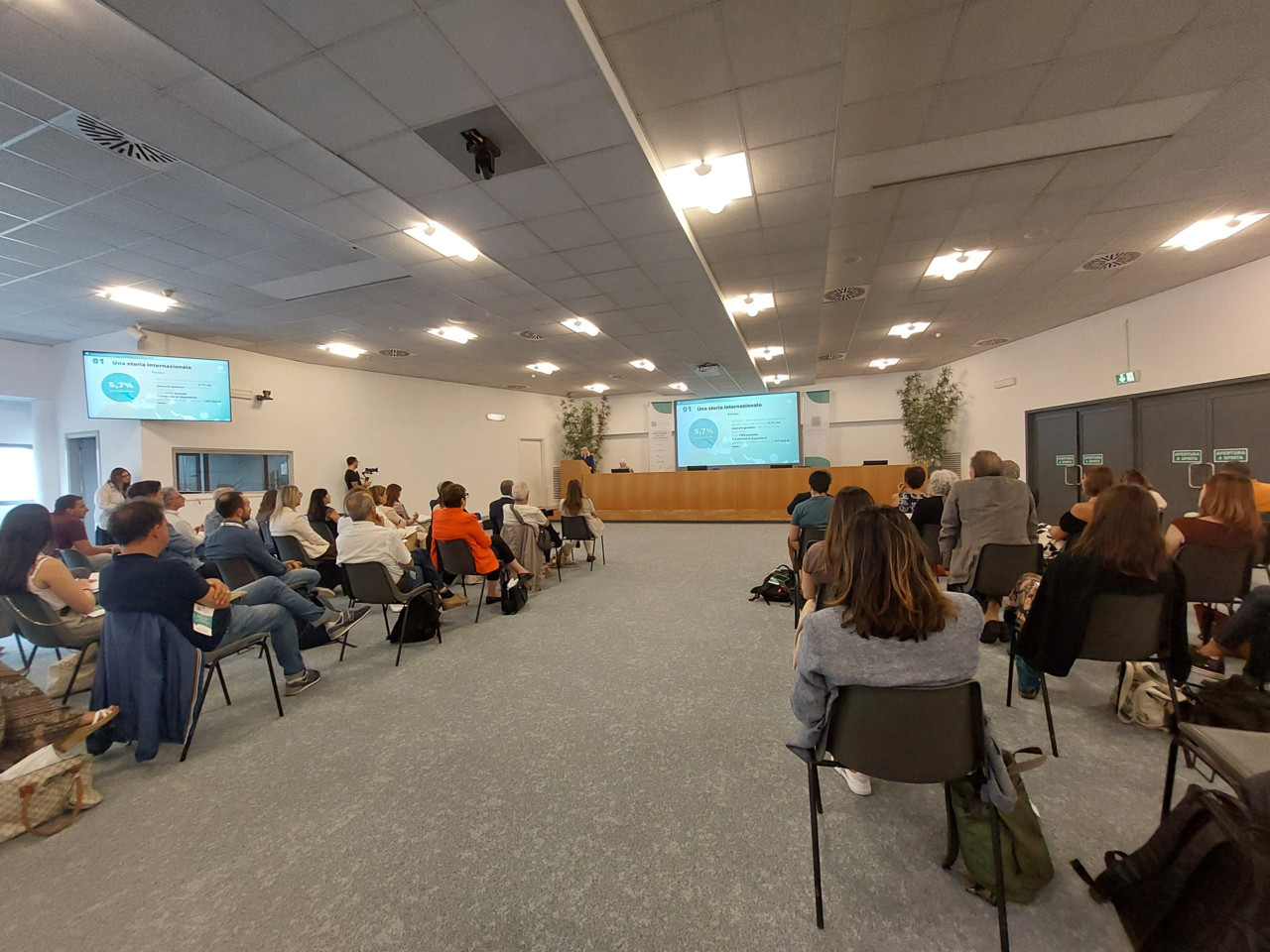
Re-birth by Cuoio di Toscana: 40 years of sustainable excellence
The exclusive event featured a limited edition collaboration with Diego Dolcini.
Keep reading...
October 2025

The first EY Luxury Client Index survey shows how quality drives choices in the luxury market. Among emerging drivers, sustainability (30%) exceeds price (22%); status and exclusivity remain relevant factors.
The EY Luxury Client Index survey involved 1,600 luxury consumers across 10 markets globally, including Italy, providing an up-to-date overview of the sector and analyzing how customer preferences and behaviors change (Aspirational Luxury Client).
“According to our survey, 68% of Italian Aspirational Luxury Clients reward the quality of the product in their purchases which becomes the protagonist again, together with its history, authenticity and craftsmanship” – says Stefano Vittucci, Consumer Products & Retail Sector Leader of EY in Italy.
Anna Nasole, Partner EY Parthenon, Fashion, Luxury & Beauty in Italy, comments: “Luxury is experiencing a profound repositioning: consumers no longer reward only status but coherence ‘value for money’, therefore recognizable quality, authenticity, sustainability and experiences. For brands this means concentrating investments on three directions: product innovation and strengthening of the supply chain to preserve excellence and craftsmanship; digitalisation and omnichannel to guarantee a fluid and personalized customer journey; and concrete sustainability as a competitive and reputational lever. It is the ability to turn these priorities into structural levers that makes the difference today and makes companies attractive in the eyes of investors.”
Quality first: the intrinsic value of luxury
The large majority of Italian consumers choose luxury because they want to own higher quality products (68%), a figure that goes against the trend of the world champion who mainly seeks personal recognition (47%), 9% less than the average globally; among the reasons, it also follows the acquisition of a status symbol (28%).
The quality of materials and craftsmanship are therefore the main aspects that influence purchasing choices, overcoming customization and price. Despite the rise of so-called quiet luxury, the brand maintains a certain relevance: 22% of Italian consumers consider it among the most influential elements (26% internationally), while only 9% prefer products without visible brands (-3% compared to the world population). The generational factor also plays an important role: while Gen Z (born between 1997 and 2008) places greater value on brands involving celebrities and influencers (43% Italian champion compared to 28% worldwide), Baby Boomers (1946–1964) reward the historical identity of the brand (71% of respondents in the country, 56% worldwide).
Luxury and sustainability: an increasingly relevant theme in purchasing choices
Sustainability exceeds the price in the decisions of Italian consumers. In fact, a third of those interviewed consider it decisive in their purchases, with a gap of 7 percentage points from economic considerations (a share lower than the global average, which stands at 30%). This trend is driven above all by the new generations, with 26% of Gen Z and 36% of Millennials (1981-1996) including sustainability among the five fundamental criteria in purchasing choices, in line with the global average of 36% and 34% respectively.
Price and quality: an equation to be recalibrated
Although the luxury sector has long benefited from substantial flexibility with respect to changing prices, the consumer perspective is changing. In the last 12 months, due to the price being too high, almost 1 in 3 consumers globally have given up on a planned purchase; in Italy the percentage drops to 23%, however reporting in the price a significant reason for abandoning a purchase.
One of the possible responses to this dynamic could be the adoption of flexible payment plans (indicated by 22% of Italian consumers), to prevent consumers from turning towards counterfeit products, quality economic alternatives or giving up purchasing altogether.
The role of omnichannel: how the customer experience evolves
The store continues to be central to customers’ purchasing journey, chosen by 73% of Italians, in line with the global sample. The decision to go to a physical location is affected by the possibility of touching and trying the products before purchasing (for 31% of respondents), and the personalization of the service (16%). However, fashion houses cannot ignore the evolving digital expectations of luxury consumers who, especially in reference to digital natives, use the online channel (50%), mainly for convenience (25%) and for the convenience of prices and discounts (20 %).
Growth opportunities: exclusive experiences and new business models
A significant proportion of Italian respondents (74%) stated that they would be more likely to conclude the purchase if unique and exclusive experiences were offered (83% worldwide). A clear signal that perceived value is not limited to the product, but is increasingly built through emotions, exclusivity and connection with the brand. Compared to new business models, over a third of Italian consumers say they have already purchased second-hand luxury items (38% worldwide), while 17% do so regularly.

The exclusive event featured a limited edition collaboration with Diego Dolcini.
Keep reading...
A round table discussion at Lineapelle in September 2025 will focus on the bio-circular future of the leather supply chain. UNIC invites operators and companies to participate in a meeting that will bring together concrete cases, expert opinions and reflections on the value of sustainable innovation.
Keep reading...
A conference with ZDHC takes stock of innovation, legality, and sustainability: how to certify the future of the fashion supply chain
Keep reading...You must login to read this free content
This content requires a subscription to view. Are you already a subscriber? Sign in